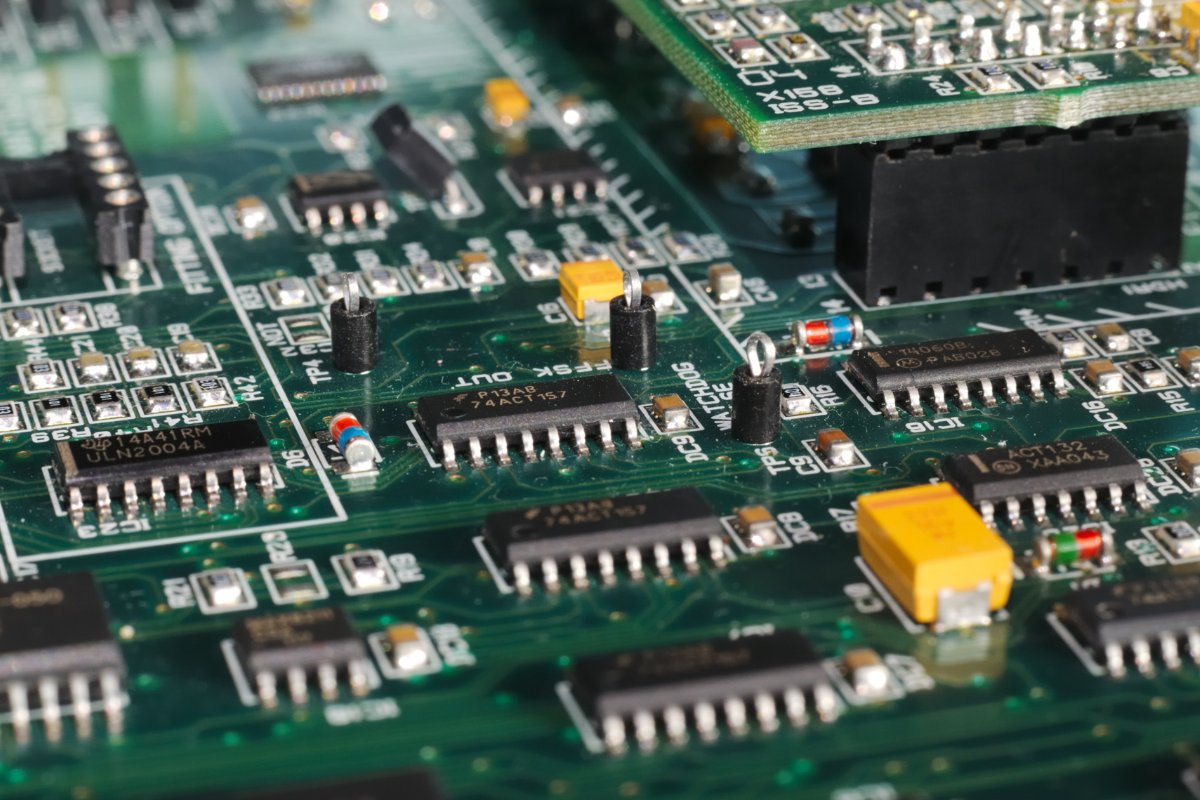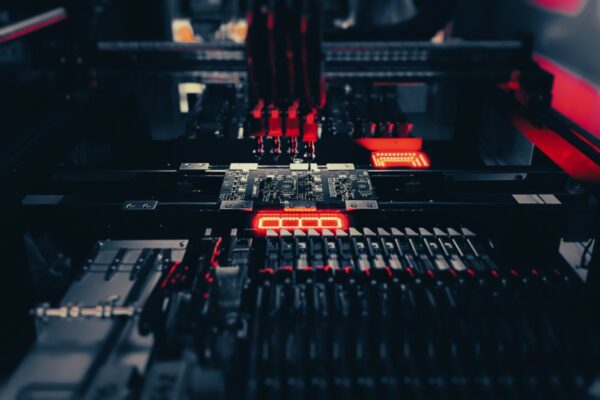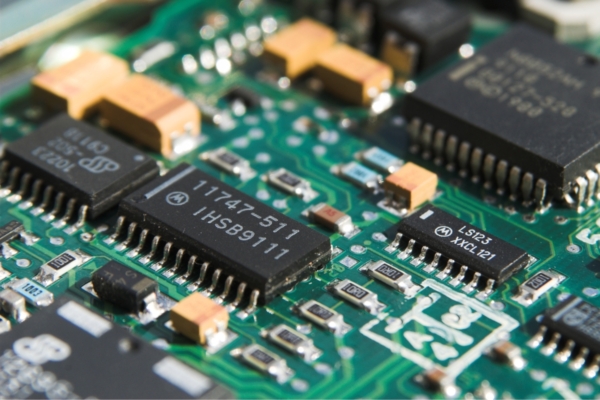In electronics manufacturing(EMS), PCBA manufacturing and repair, the term flux is no stranger. It is a vital part of the process of soldering, ensuring the creation of reliable and high-quality electronic devices. This article delves into the intricacies of flux, its types, and the importance of its removal from PCBs. Moreover, it provides a comprehensive guide on how to clean flux off PCBs effectively.
What Is Flux
Flux is a chemical agent widely recognized in the electrical industry, particularly in the assembly and soldering of PCBs. It is crucial in establishing solid electrical connections through soldering processes.
The primary function of flux is to prepare the surface for soldering by eliminating all contaminants. Metals exposed to air naturally form an oxide layer, which can impede the formation of perfect solder joints. Flux combats this issue by corroding the oxide film, exposing the metal for better wetting. This allows the molten metal to flow and settle uniformly over the surface, thereby ensuring a durable joint.
In addition to its cleaning properties, flux also serves as a protective layer for metal surfaces against deoxidization, a phenomenon that occurs during soldering. This protective role enhances the soldering process by altering the surface tension of the hot solder.
Flux is derived from raw materials and a reactor, forming an agent that facilitates the wetting of the solder by removing impurities from the metal. It contains chemicals and additives that inhibit corrosion but aid the soldering process. Depending on its usage, flux can be in paste, solid, or liquid form.
However, the application of flux, whether as a paste or solely, leaves residues on the boards. These residues can gradually degrade the components, leading to a damaged PCB over time. They may cause etching or inhibition on the printed boards, obscuring other electrical components. Therefore, it is essential to clean these residues to prevent inhibition and etched wiring on PCBs, and to avoid obstructing other electrical components.
Types of Flux
Flux is a crucial component in the soldering process, and it comes in various types, each with its unique properties and applications. Here are the main types of flux you’ll encounter in PCB assembly.
Rosin Flux
This type of flux is derived from natural resin extracted from pine trees. It’s further divided into three sub-categories.
Rosin ® Flux
This is used on clean surfaces and leaves no residues after soldering.
Rosin Mildly Activated (RMA) Flux
This flux contains activators that clean solder-coated lands and component terminations, enabling the molten solder to wet the surrounding areas.
Rosin Activated (RA) Flux
This is the most active of the rosin fluxes and leaves a significant amount of residues after the soldering process.
No-Clean Flux
As the name suggests, this type of flux does not require cleaning after the soldering process. It’s designed to leave minimal, harmless residues that won’t affect the PCB’s functionality or longevity.
Water-Soluble Flux (Organic Acid Flux)
This flux contains resin mixed with organic materials. It has good flux activity and provides excellent soldering results. It can clean oxides and impurities, thus preparing the soldering surface. However, it can cause contamination on the PCB board if not cleaned properly.
Each type of flux has its advantages and specific uses, so the choice depends on the requirements of the soldering process. All flux types leave some form of residue that, if not properly cleaned, can lead to potential issues like corrosion or electrical shorts. Therefore, proper flux removal is a critical step in PCB manufacturing and maintenance.
Why Remove Flux From PCB
Flux is an integral part of the soldering process, aiding in the removal of oxide films and enhancing the wetting of the solder. However, the residues left behind by flux can lead to several issues that can compromise the performance and longevity of the PCB.
Here are some reasons why it’s crucial to remove flux from PCB.
Improve the Reliability of PCB
The reliability of a PCB is significantly influenced by its cleanliness. Flux residues can lead to problems such as dendrite growth, shorting, electrochemical migration, and parasitic leakage. These issues can compromise the functionality and performance of the board, leading to potential failures. Therefore, cleaning flux residue off your circuit board is a critical step in maintaining its reliability.
Prevent Corrosion
Flux residues are acidic and can attract moisture from the surrounding air. This can lead to the formation of an acidic solution that can corrode the components of the PCB over time. Corrosion can damage sensitive components and lead to the failure of the PCB. Therefore, removing flux is a reliable way to prevent corrosion.
Enhance the Aesthetic Appearance
The visual appearance of a PCB is a reflection of the quality of work done by the manufacturer. Flux residues can leave a greasy-looking residue on the PCB, which can raise questions about the quality of the work. Cleaning the flux residues can improve the appearance of the PCB and enhance the perception of quality.
Avoid Adhesion Problems with Conformal Coating
Conformal coating is a protective measure used to prevent corrosion. However, if flux residues are left on the PCB before the coating process, it can prevent the coating from adhering properly. This can lead to the coating lifting and peeling, allowing moisture from the air to mix with the residue and form a corrosive acid.
Prevent Dendritic Growth
Flux residue contains ions that can form a chain, known as a dendrite, when they come into contact with air. Dendrites are conductive and can cause current leakage or short-circuiting. While no-clean flux contains minimal ionic materials, which get consumed when change is activated, it’s still important to clean the PCB if the flux is not activated.
It’s equally important to ensure that all traces of flux are removed from the PCB after soldering. This helps to maintain the reliability and performance of the PCB, prevent corrosion, enhance its aesthetic appearance, and avoid potential issues with conformal coating and dendritic growth.
How to Clean Flux From the PCB
Cleaning flux from a PCB is a crucial step in the soldering process. The residue left by flux can cause corrosion and create dendrites, ionic particles chained together between contact points, which can cause current leakage and even short out the board.
Therefore, it’s essential to remove flux effectively and efficiently. Here are some methods to clean flux from a PCB.
Using a Toothbrush and Isopropyl Alcohol
One of the simplest methods to clean flux from a PCB involves using a toothbrush and isopropyl alcohol. Here’s how to do it:
- Dip a clean toothbrush in a solution of isopropyl alcohol or acetone.
- Flick the toothbrush a few times to remove the excess solvent solution.
- Gently scrub the flux on the PCB with the wetted toothbrush. The isopropyl alcohol or acetone will dissolve the flux. Be careful not to apply too much pressure as this may break the soldered points.
- Repeat this step if necessary until all the flux is removed.
- Once all the flux is removed, wipe down the now clean area with a dry rag. Clean the toothbrush in distilled water. Allow the printed circuit board some time to dry out and then blow any remaining flux dust with canned air.
Using an Acid Brush
An acid brush can also be used to clean flux from a PCB. Here’s the procedure:
- Cut the acid brush to angle the bristles to leave a shorter and a longer side. The shorter side should ideally be scrubbing, while the longer side should remove flux from hard-to-reach places.
- Wet the brush in the solvent solution and gently scrub the flux residue off the board. You may also wet the flux area directly.
- Wipe off the cleaned area to dry the excess solvent. Isopropyl alcohol will evaporate in seconds, so you do not have to stress over-drying the board.
Using Poly Clens
Poly Clens is a product specifically designed for cleaning flux off PCBs. Here’s how to use it:
- Put a sufficient amount of Poly Clens solution in a container.
- Submerge the assembled board into the solution as you stir it gently for around 30 seconds.
- Rinse the circuit board with distilled water once the flux is removed.
- Dry the PCB with a heat gun.
This method is simple as you do not have to scrub a thing with a brush. The Poly Clens solution will do all the work for you.
Ultrasonic Cleaning
Ultrasonic cleaning is another method that can be used to clean flux from a PCB. The high-frequency oscillation of ultrasonic waves produces a cavitation effect. The high-strength shock wave produced by the cavitation effect can separate the dirt on the welding points and in the fine cracks and accelerate the process of the cleaning fluid dissolving this dirt.
Cleaning flux off your PCBs is as crucial as finishing the soldering job itself. Although one may whine about how unpleasant cleaning feels, the methods shared in this guide are more than enough to give your PCB a sparkling finish.






